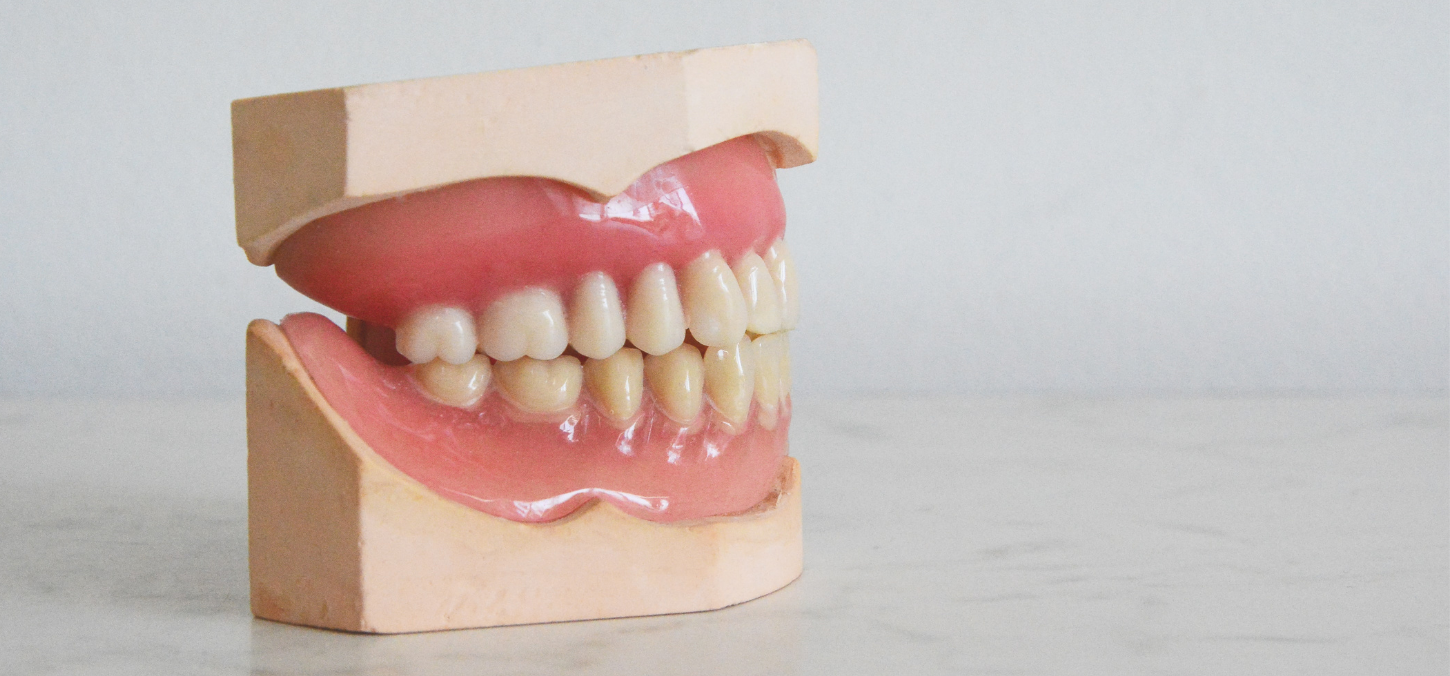
Advocating for the profession
By Diane Peters
Most of the biggest regulatory and access changes related to dentistry during the pandemic did not happen by chance. The organizations that govern and unite the profession made them happen via advocacy and ongoing communication with governments and other stakeholders.
That includes dental offices — along with student clinics such as the one at U of T Dentistry —being cleared to reopen for full care services in mid-2020 after being closed for all but emergencies. It also includes dentists gaining access to personal protective equipment (PPE) stockpiles and dentists and dental students being prioritized for vaccines.
“Early on in the pandemic, we did have difficulty getting noticed,” says Lesli Hapak 9T4 Dip Perio, president of the Ontario Dental Association (ODA).
Thanks to the efforts of the ODA and others, that changed. Now, a year in, the profession’s leaders continue to push for changes and awareness that will support Canadians and Canadian dentists as the effects of the pandemic continue.
Early issues
For the ODA, access to PPE was a top concern in spring 2020. “We raised the issue during every call with the Ministry of Health and talked about it extensively in the media,” says Hapak. By September, dentists were assured access to provincial stockpiles for certain procedures and patients.
The Canadian Dental Association (CDA), meanwhile, “Took the lead on providing the big tent,” says vice president Lynn Tomkins 8T1. Once-a-week meetings with provincial associations dominated the organization’s early pandemic work and topics such as accessing federal stockpiles of PPE, getting dental offices open and ensuring dentists had access to federal small business financial relief programs were the focus.
Importantly, the Royal College of Dental Surgeons of Ontario (RCDSO) spent the early weeks working on safety guidelines and liaising with other stakeholders in the dental community. Registrar & CEO Daniel Faulkner recalls speaking with the dean of the Faculty of Dentistry on a regular basis to assess the needs and challenges of student dental clinics and education.
And while the RCDSO prioritizes the safety and needs of dental patients, not dental professionals like other stakeholders, Faulkner found his group and the ODA, for instance, had overlapping needs. “We shared a lot of common concerns around issues such as PPE, which keeps patients but also dentists safe. If you find these common interests, you’re able to move forward.”
Changing needs
Over the last year, leaders in dentistry have found their advocacy focus had to evolve. The ODA worked hard to secure vaccine priority access for dentists in early 2021, a project that was successful.
Meanwhile, the CDA has been looking at the longer-term impacts of the pandemic by advocating for $3 billion in transfer patients for oral health services to the provinces from the federal government. “Publicly funded dental programs are very underfunded. Before COVID they didn’t even cover the cost of providing the service.” With more vulnerable Canadians than ever as a result of the pandemic, the issue has become urgent, says Tomkins. The CDA is working with the ODA on this issue as Ontario receives the least funding for dental care procedures.
Changing advocacy
Dental leadership organizations found they had to constantly adjust over the last year. For the RCDSO, that meant establishing a point person to liaise with other dentistry-related organization to simplify communications during a hectic time.
The CDA’s advocacy committee plans well in advance but had to change strategy last spring. It’s also had to work around new government routines. “The focus and rhythm of government have been disrupted,” says Tomkins. The regular rhythm of when parliament meets and when people are open to hearing ideas has changed. Plus the typical “days on the hill” the organization usually attends each May, which allows it access to high-ranking officials over three days, was cancelled last year. This year it will be virtual.
Lasting effects
Because of more complaints about dentistry coming out of public health units, Faulkner says the RCDSO has built even stronger relationships with units across the province and clarified how to funnel patient concerns. “We now know our roles and make sure we don’t trip over each other.”
The organization has also strengthened its ties and lines of communication with the professional associations. “Oral health care is a very interprofessional area, you’ve got dentists, hygienists, denturist, assistants,” says Faulkner. “For me, it’s about working with these other organizations and trying to unify as much as possible.”
At the ODA, the focus is to further improve those stakeholders relationships. “In our new strategic plan we are interested in establishing more mutually beneficial partnerships with other healthcare organizations and exploring having patients as advocates,” says Hapak.
For Tomkins, the pandemic has shown organizations like hers what’s possible. “COVID has changed everything. It has made us more nimble, more creative in the way we communicate, in the way we maintain relationships,” she says.
As COVID-19 very gradually changes course in Canada and around the world, these healthcare groups expect to keep changing to deal with after-effects. They’re better connected with one another and expect their strong profile with governments and other stakeholders to stay strong. They know the challenge isn’t over, and the advocacy for better oral health, in many ways, has just begun.
Want to know more about how advocacy impacted dentistry during the pandemic? Tune in to a live alumni webinar on April 22 starting at 7 pm EDT. Register for Advocating for the Profession: An Organized Dentistry Discussion.